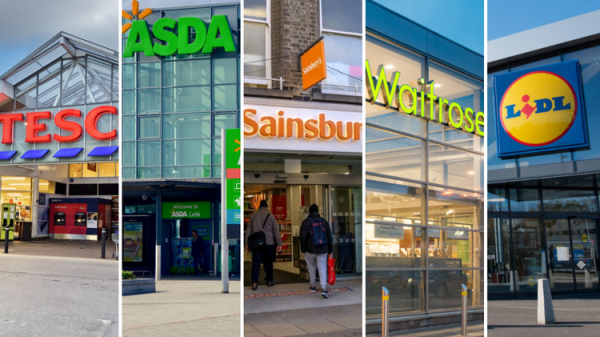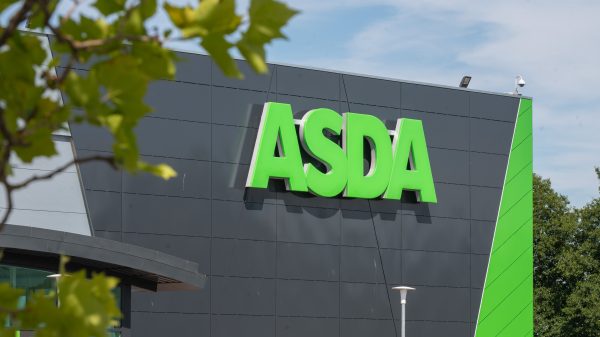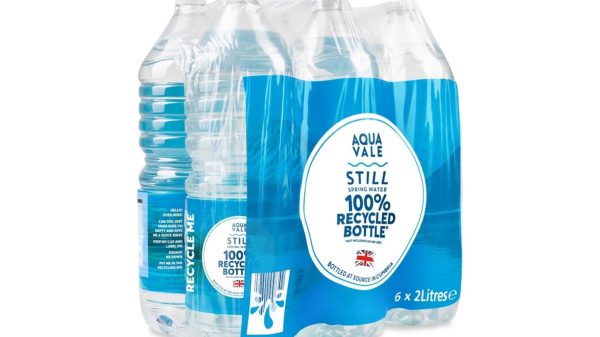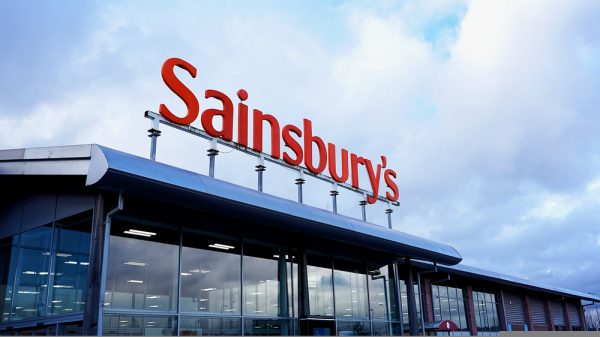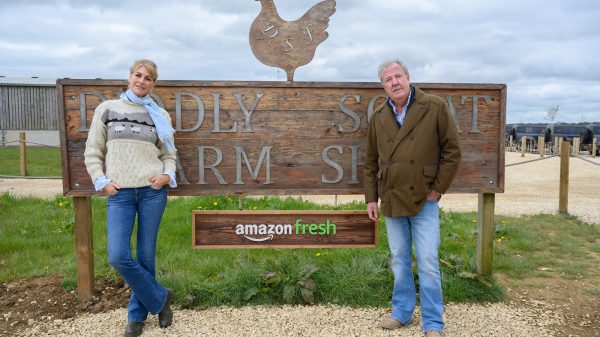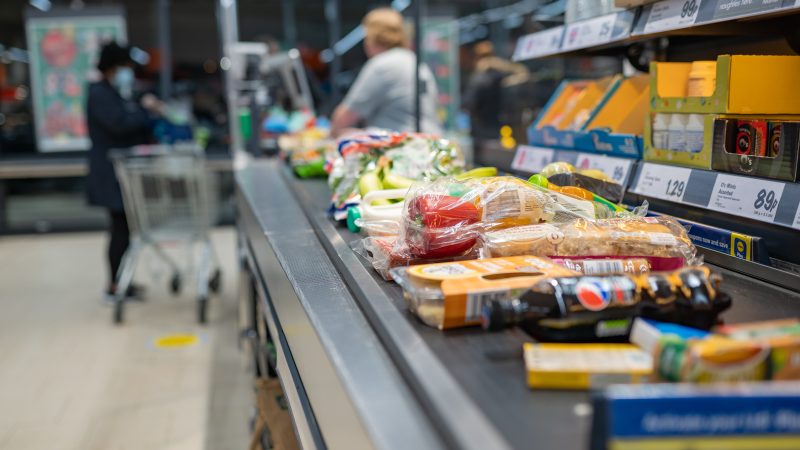From chocolate bars and sweets to sausage rolls and crisps, products high in fat, salt or sugar (HFSS) are now banned from being displayed at store entrances, gondola ends and checkouts.
The move, which aims to tackle obesity levels across the UK by curbing impulse sales of unhealthy food and drink, is set to change the way consumers shop as supermarkets and other grocery retailers have adapted store layouts to comply with the new restrictions.
Despite concerns that PM Liz Truss would make a U-turn on the change – a move which caused health charities to express “profound concern” that measures to promote children’s health may be abandoned,” – the restrictions came into play on Saturday 1 October.
With further regulations banning HFSS multi-buy promotions and advertisement restrictions set to kick in next year, how will changes to product placements affect both supermarkets and shoppers?
The role of supermarkets
Until now, promoting HFSS products across a number of prime instore locations was a lucrative revenue stream for retailers, allowing them to offset special offers and other benefits designed to attract consumers.
The new regulations restrict the areas that supermarkets can use promote HFSS products, forcing them to change the way they operate in order to comply. Gondola ends can now be seen stocked with HFSS-compliant products – or filled with a product-free advertising display – while some retailers are changing store layouts more drastically as they move the more ‘unhealthy’ food and drink elsewhere in-store.
Some of the rules are quite straightforward – such as the fact that no HFSS can be displayed within two metres of a checkout. But some of the restrictions are more confusing, with a complicated formula needed to calculate how closely HFSS displays can be placed to the store entrance, making it difficult to implement or enforce.
Iceland managing director Richard Walker tweeted a link to the formula, adding: “Well that’s clear. Good luck to compliance officers trying to police these new HFSS regulations.”
In July, supermarket giant Waitrose began adding signs to certain areas of the shop including store entrances, letting customers know that certain products would be moving.
The signs also included QR codes which, when scanned, directed shoppers to the government website with further information on the reasons behind the restrictions.
Both Tesco and Sainsburys were quick to step up to the mark and began making changes to their in-store merchandising almost immediately, turning gondola ends over to newly-reformulated HFSS-compliant products, healthy products or non-food categories.
Both supermarkets also introduced other initiatives designed to help shoppers make healthier choices, such as in-aisle sections which highlight healthy ranges. These can, of course, also be used to promote HFSS products without falling foul of the new legislation.
Now that all supermarkets have implemented the changes – in theory, at least – the grocery sector has spent millions of pounds on changing stores to comply with the new obesity legislation.
After investing so much in the process, supermarkets will be looking for clarity that the money they have spent has not been wasted, particularly in such a competitive market and when their primary focus is keeping prices low for customers.
Spend and support
Perhaps the most significant consideration of the new HFSS restrictions is the not-insignificant price that comes with setting out and implementing the necessary changes.
The Southern Co-op ran a 16-week trial to understand how new HFSS rules would impact the costs of a fully compliant store and found that layout changes would be the second largest expense to the business in 2022.
Association of Convenience Stores CEO James Lowman said that: “Local shops have sunk huge sums of money in refitting their stores to comply with these regulations when their businesses are already under pressure from rising energy bills and increased products costs.”
A spokesperson for ACS told Grocery Gazette that ultimately, costs are likely to depend on the type of store, as some stores will have had a “relatively straightforward process, just moving categories around onto different shelves”, while for others, the regulations would have required a “complete rethink of the store layout to best use the space available to them”.
ACS added that the association’s current concern centres around “overzealous enforcement” and trading standards officers with “their own interpretations of the regulations that don’t match up with what the retailer sees as being compliant”.
In looking to support retailers through the pressures of costs and store layout changes, goods transportation company CHEP launched an industry toolkit guide, created through six months of conversations with industry leaders.
The tools include using modular displays, going packaging-free, using digital displays and re-thinking products and locations.
How this will change the way we shop?
Consumers looking for particular items might find their hunt slightly more difficult to begin with as HFSS products will be moved from their usual prominent in-store positions.
Despite this, the move ultimately looks likely have its desired effect of reducing obesity levels in the UK. For almost two thirds of consumers (61%), making HFSS products less visible in stores would directly influence their purchasing decisions, according to a consumer survey by GS1 UK.
Speaking of the impact the restrictions could have on consumer health, Children’s Food Campaign co-ordinator, Barbara Crowther said: “These rules create a level playing ground for all larger shops and food brands to shift the promotional spotlight to healthier products, making it easier for us all to shop healthy.”
Will moving HFSS products from prominent store locations be effective?
When testing how the new legislation would affect both profitability and consumer behaviour, Southern Co-op’s trial at five of its stores found that there was no change to overall profits.
Head of trading and format, Andrew Farndell said at the time that: “in an inflationary market where margin is everything, actually our margin was absolutely what it was pre-trial.”
Research by retail technology solution Reapp found the opposite to be true. Its trial tested product placements at 50 supermarkets and found a 20% dip in non-HFSS sales in comparison with the same time last year.
Reapp’s group sales marketing manager, James Lamplugh said at the time that, as a result of the study’s findings, the challenge for retailers will now be “if they can offset the decline in sales from non-HFSS products with other categories that are performing well.”
However, despite the added cost pressures of the store layout changes, most retailers have – publicly, at least – remained onboard in accepting and implementing the restrictions.
With the restrictions on HFSS product placements now in place and a U-turn out of the picture, the ACS believes “it’s too early to tell” if the regulations will impact product sales or help to reduce obesity levels.
Until that data can be measured, the only thing we know with any certainty is that, with Christmas round the corner, supermarkets will be looking for a new place to stack all those tubs of Quality Street.

